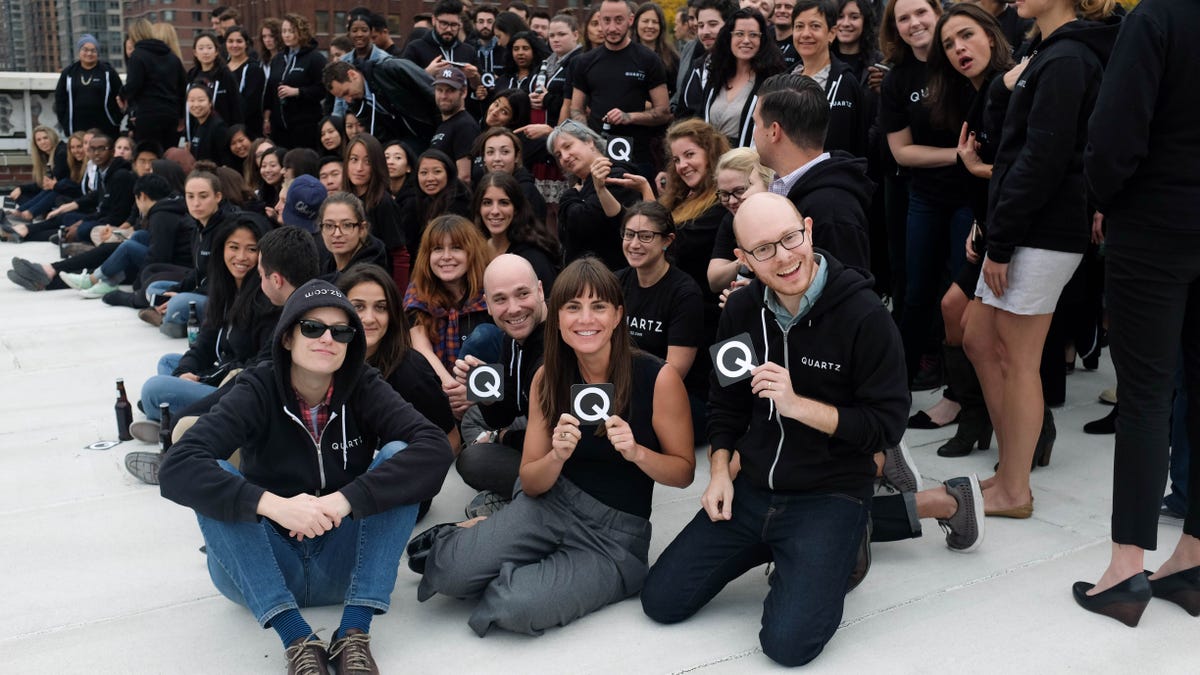Something weird happens to companies when they hit 150 people (2017)
!tags:: #lit✍/📰️article/highlights
!links:: 2business-management, 2communication-structure, 2company-dynamics, 2dunbars-number, 2employee-engagement, 2leadership, 2organizational-growth, 2startup-culture, tagged-by-ghostreader-ai,
!ref:: Something weird happens to companies when they hit 150 people (2017)
!author:: qz.com
=this.file.name

Reference
=this.ref
Notes
Oxford University evolutionary psychology professor Robin Dunbar has theorized that humans can only really maintain personalized relationships with 150 people. He found this seemingly magic number ”in the typical community size of hunter-gatherer societies, in the average village size in county after county in the Domesday book, as well as in 18th-century England; it is the average parish size among the Hutterites and the Amish.” The so-called Dunbar’s number also is found in the size of military companies, and was the basis for the social network Path to limit any member’s sharing to 150 people.
- View Highlight
-
As companies grow, they add process and often start requiring more sign-offs for employees to get things done. McCord says it’s this type of bureaucracy that kills companies. Instead, she thinks leaders need to focus on sharing the business context—including analytics on what’s working and not—so that staff can find the right solutions themselves. Netflix, for example, abandoned its policy for allotting vacation days and tracking them, believing it was more efficient to entrust employees to behave responsibly. For expenses, entertainment, gifts, and travel, its policy was “act in Netflix’s best interest.”
- View Highlight
-
W.L. Gore & Associates, the maker of Gore-Tex fabric, has an unconventional approach to managing the changing dynamics that come with growth. The privately held manufacturer, which has more than 10,000 employees, generally doesn’t allow the staff at any of its factories to exceed 150 people before building another, self-contained factory next to it. That’s because founder Bill Gore felt that when a unit of workers got big enough, “we decided” became “they decided,” as management writer Gary Hamel, who has studied the company, explains it.
- View Highlight
-
At Quartz, we streamlined our leadership structure earlier this year so a smaller number of people had clearer responsibility for different parts of the business. We created a 10-person operating committee of top managers to meet weekly to share information about the health of the company and decide matters affecting multiple parts of the organization. We spent time talking about our values and goals with staff, wrote down a company history to share with all new employees, and started scheduling more regular all-hands staff meetings to discuss the business. Our mission—to “be a guide to the new global economy”—helps define Quartz in terms of how we serve readers. Ultimately, this should be a bigger, more powerful influence on our culture than the sense of tribe we cultivated early on as a staff.
- View Highlight
-